About LumaCare Laser Therapy
What is Cold Laser Therapy?
A Cold Laser emits a photon (light) energy beam which affects our body on a cellular level. As photons penetrate the skin and are absorbed by the cells, the mitochondria (powerhouse of the cell) are stimulated and produce more ATP (the energy unit of the cell). This process increases blood flow and cellular growth, which may decrease inflammation and improve overall cellular function -thus aiding the body in healing itself.
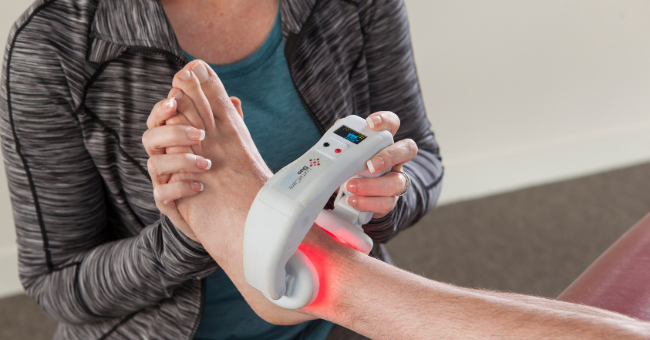

Introducing the LumaCare Duo
The new standard in Cold Laser therapy. Designed for treating minor, traumatic, and chronic injuries.
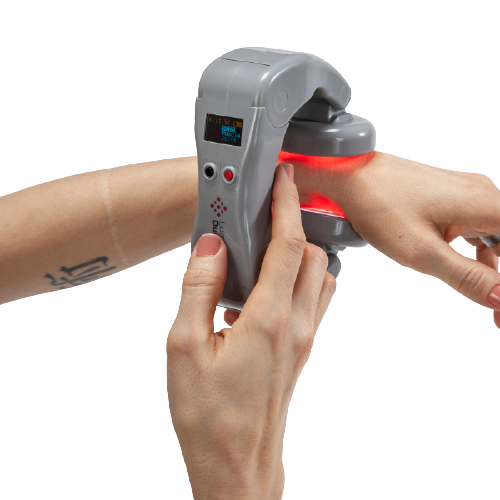
Laser Therapy in the palm of your hand.
- Lightweight, easy to handle
- Powerful enough for clinical use but safe enough to use at home
- 8 times the power of units with similar wavelengths
- Two significantly larger treatment areas
- No heat or pain during treatment
- Cost significantly lower than other cold lasers in similar category
Get the LumaCare Duo now!
- Sale!
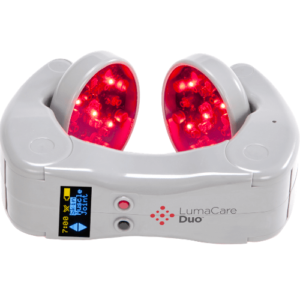
When nothing else works, try the best! Experience at-home cold laser therapy with the LumaCare Duo™, your perfect companion for effective deep tissue laser therapy at home. This state-of-the-art at-home laser therapy device is expertly designed to cater to those seeking powerful pain relief solutions without the frequent visits to clinics. The LumaCare Duo™ offers...
$2,495.00Original price was: $2,495.00.$1,750.00Current price is: $1,750.00.
- Sale!

$2,495.00Original price was: $2,495.00.$1,750.00Current price is: $1,750.00.


Pulsating lasers across 3 wavelengths.
Through thousands of peer-reviewed articles, studies, and reports, a clear approach has emerged supporting benefits of using pulsating versus continuous lasers for most LLLT treatments.
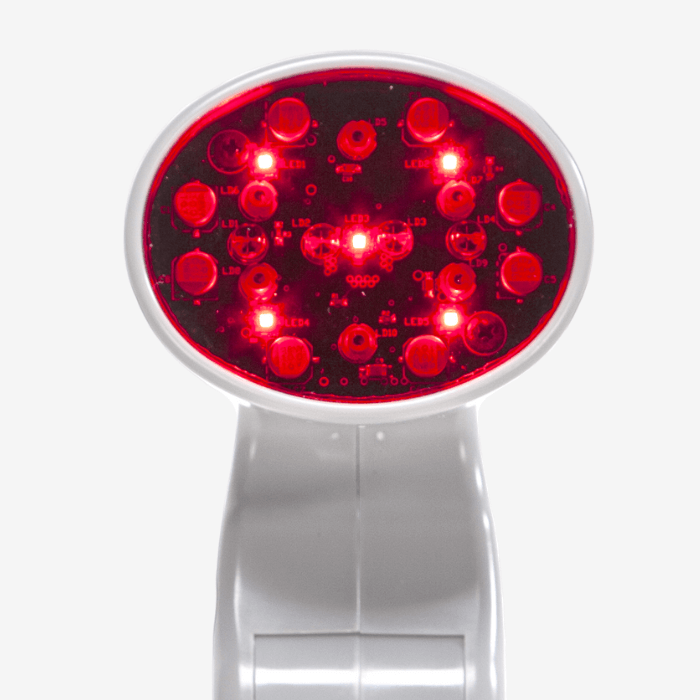
50+ years of Cold Laser options.
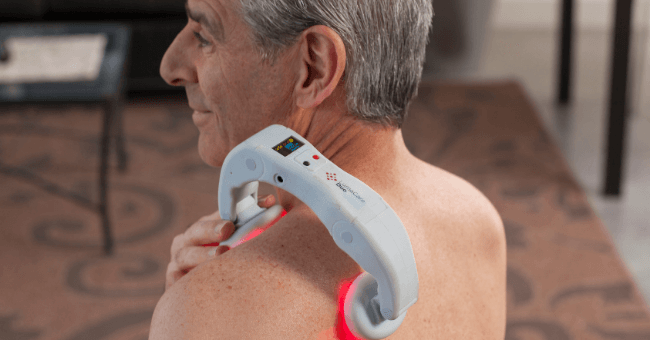
The LumaCare Duo Advantage.
30 Laser Diodes/LEDs at 905nm, 808nm, and 670nm. Each LumaCare Duo™ emitter head features 15 Infrared and Red LED’s/Diodes: Four (4) Lasers at 905nm (deep tissue/joint), six (6) Lasers at 808nm (medium depth), and five (5) LED’s at 670nm (surface/skin).
Cold Lasers are designed to help improve blood flow, boost oxygenation, reduce inflammation & pain, and enhance cellular recovery for traumatic and chronic injuries.
The visible Red and invisible Infrared wavelengths with the best patient outcomes have been found in three bandwidths:
- from 650-675 nanometers (nm)
- from 800-825nm
- from 900-925nm